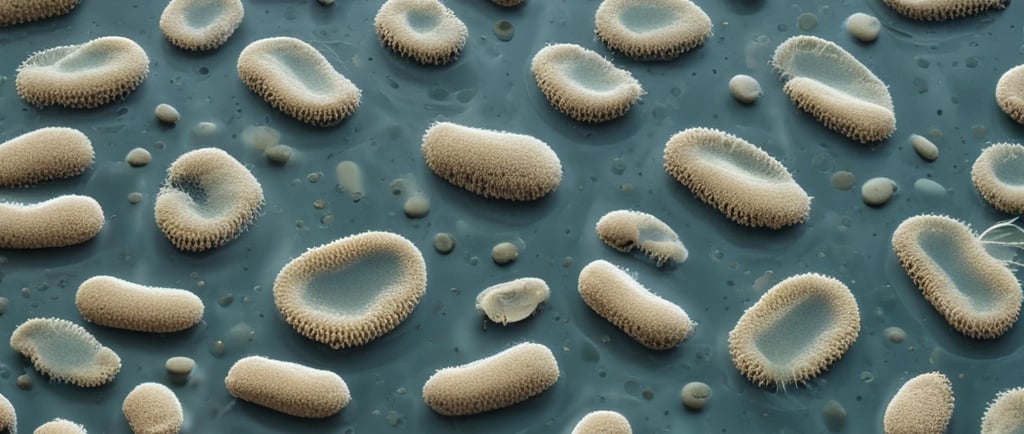The Silent Threat of Bacterial Resistance and Water Quality


The proliferation of multidrug-resistant bacteria has become one of the most pressing health threats of the 21st century. According to the World Health Organization, infections caused by resistant bacteria could lead to up to 10 million deaths annually by 2050 if no action is taken. In Europe alone, it is estimated that more than 35,000 people die each year due to antibiotic-resistant infections, and over 670,000 people are affected, with enormous healthcare and social costs.
A recent study published in Nature Communications (July 2025) revealed the global dissemination of the npmA2 gene, responsible for total resistance to aminoglycoside antibiotics, in bacteria such as Enterococcus faecium and Clostridioides difficile. This gene spreads via mobile genetic elements (ICEs), facilitating its transmission in both healthcare and community environments.
This scenario demands a rethinking and reorientation of current prevention strategies. Beyond hospitals, the presence and survival of these pathogens have also been documented in built environments such as office buildings, hotels, and recreational facilities. Humid surfaces, water pipes, HVAC systems, and water outlets can act as microbiological reservoirs, enabling the persistence and spread of resistant bacteria—particularly under biofilm conditions.
Microbial biofilms in water systems can represent up to 95% of total bacterial biomass and are responsible for a significant number of water-related infections. These can result in sick leave, hospital admissions, partial shutdowns of services, and reputational damage—especially in hospitality and public settings.
In response to this challenge, at HAUS we advocate for solutions that act on the environment rather than solely on the individual. One such approach is water ionization, a non-invasive technology that alters the physicochemical properties of water to hinder bacterial adhesion, break down biofilms, and reduce microbial proliferation. Solutions like those offered by the Dileka system—which combines ionization, dynamization, and infrared emission—can help reduce the presence of opportunistic bacteria such as Salmonella, E. coli, Legionella, or Pseudomonas, particularly in critical points such as showers, drains, tanks, or DHW circuits.
This technology also requires no chemical products and generates no waste, making it fully aligned with the sustainability, hygiene, and prevention criteria that HAUS integrates into its projects.
Bacterial resistance is not just a hospital issue. It is a cross-cutting challenge that affects how we design, maintain, and inhabit buildings. And accordingly, the response must also be cross-cutting: from the life cycle analysis of materials to the quality of the water running through our systems. In this context, ionization emerges as a key tool within the range of solutions that HAUS can prescribe to make every built space healthier, safer, and more resilient.
